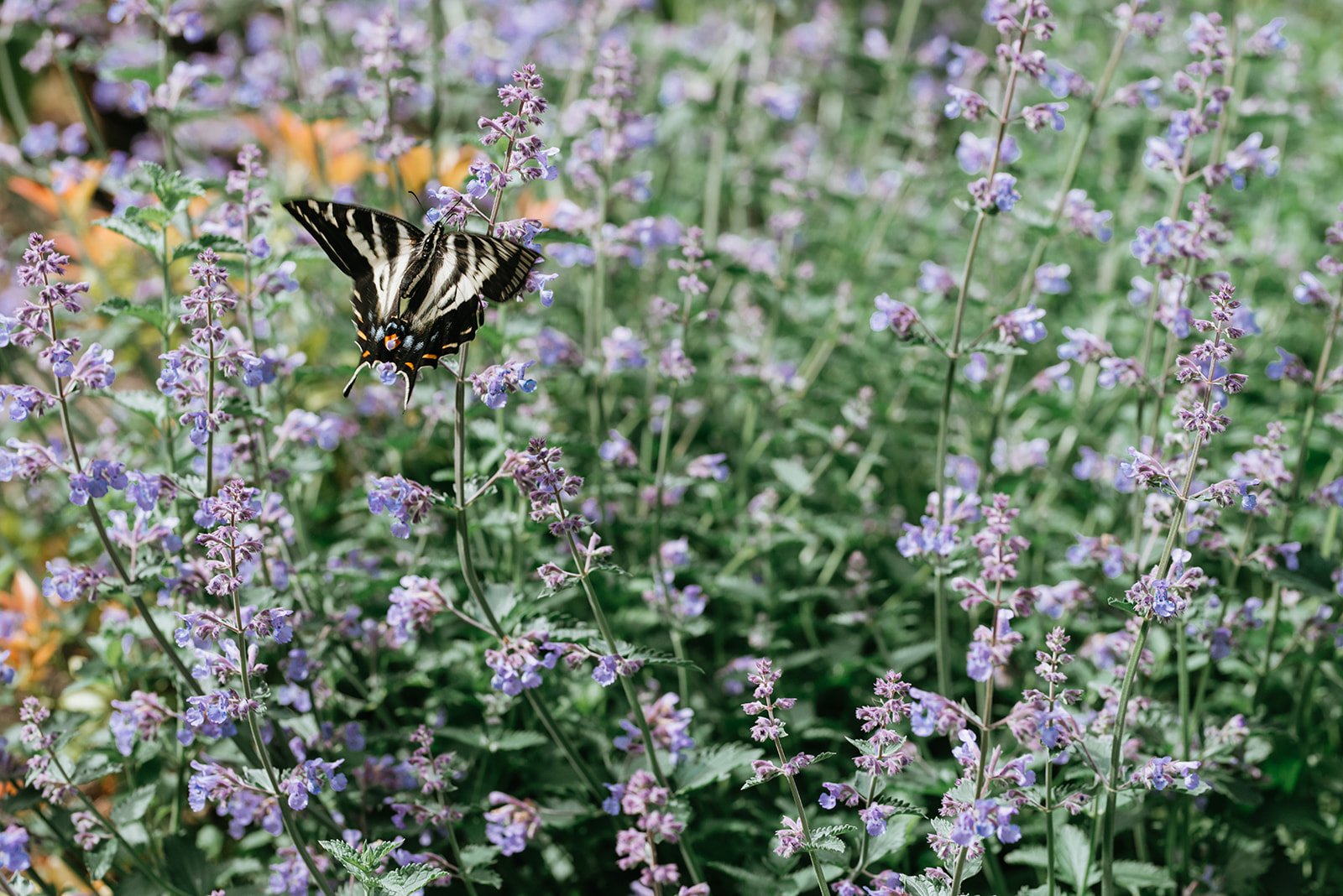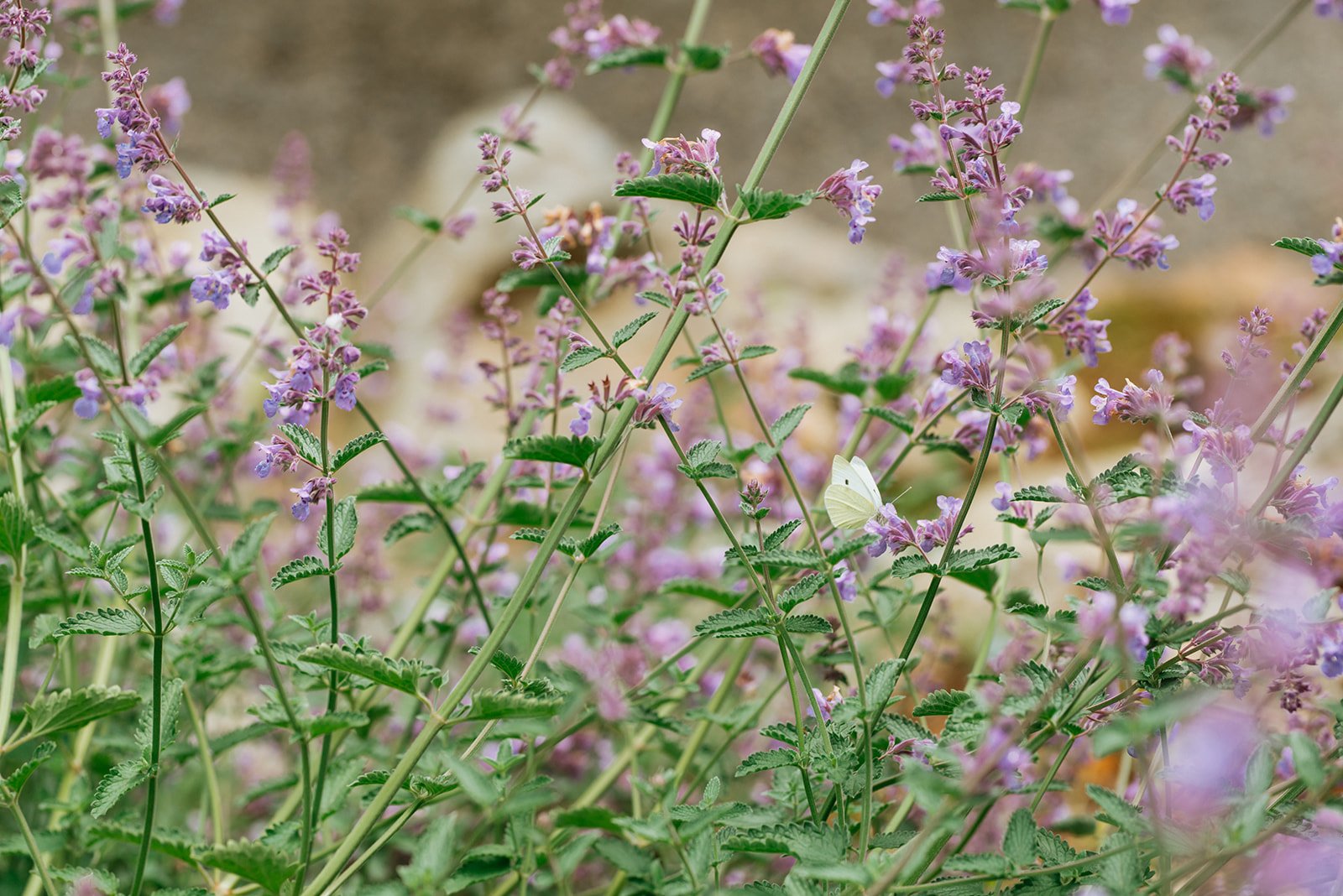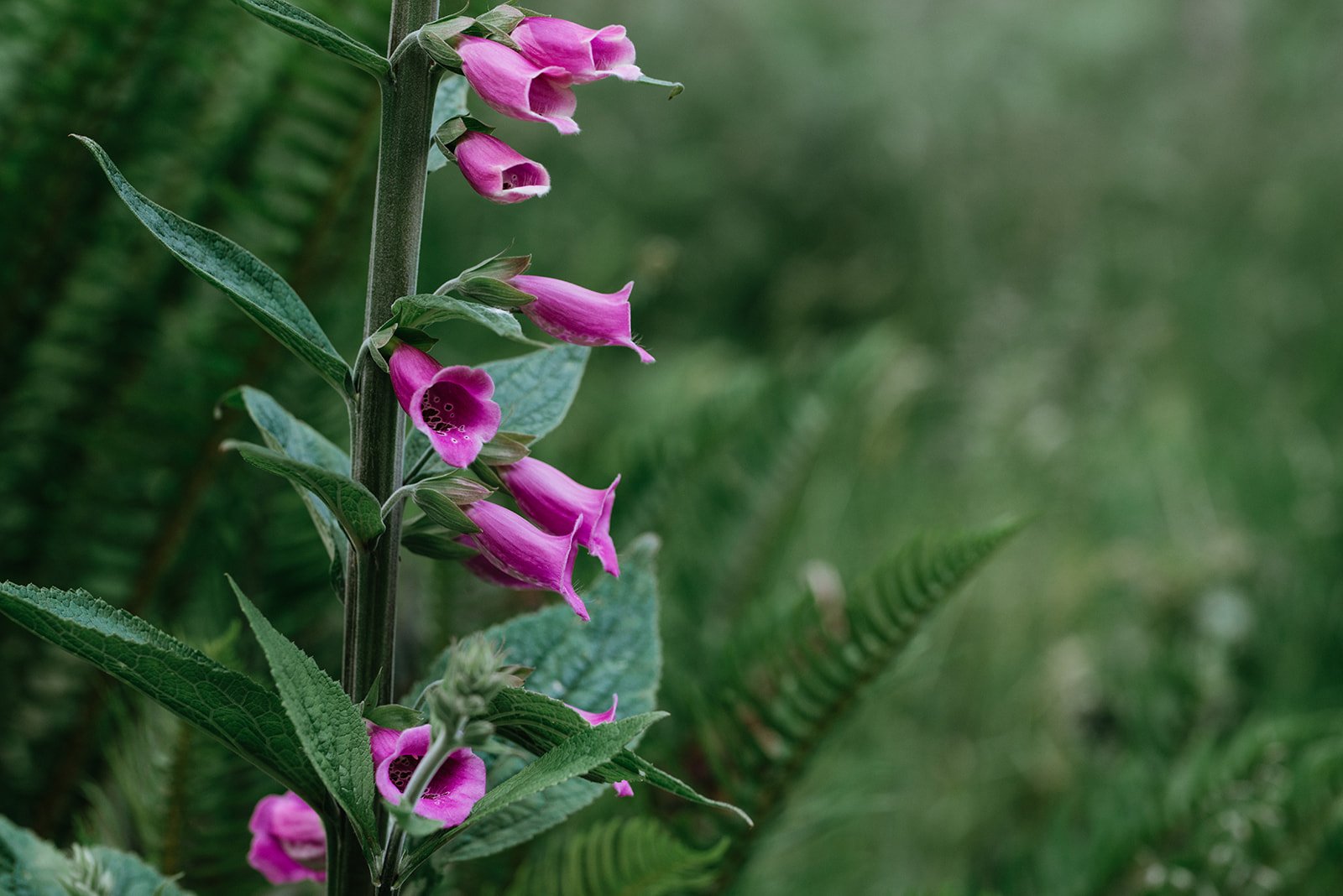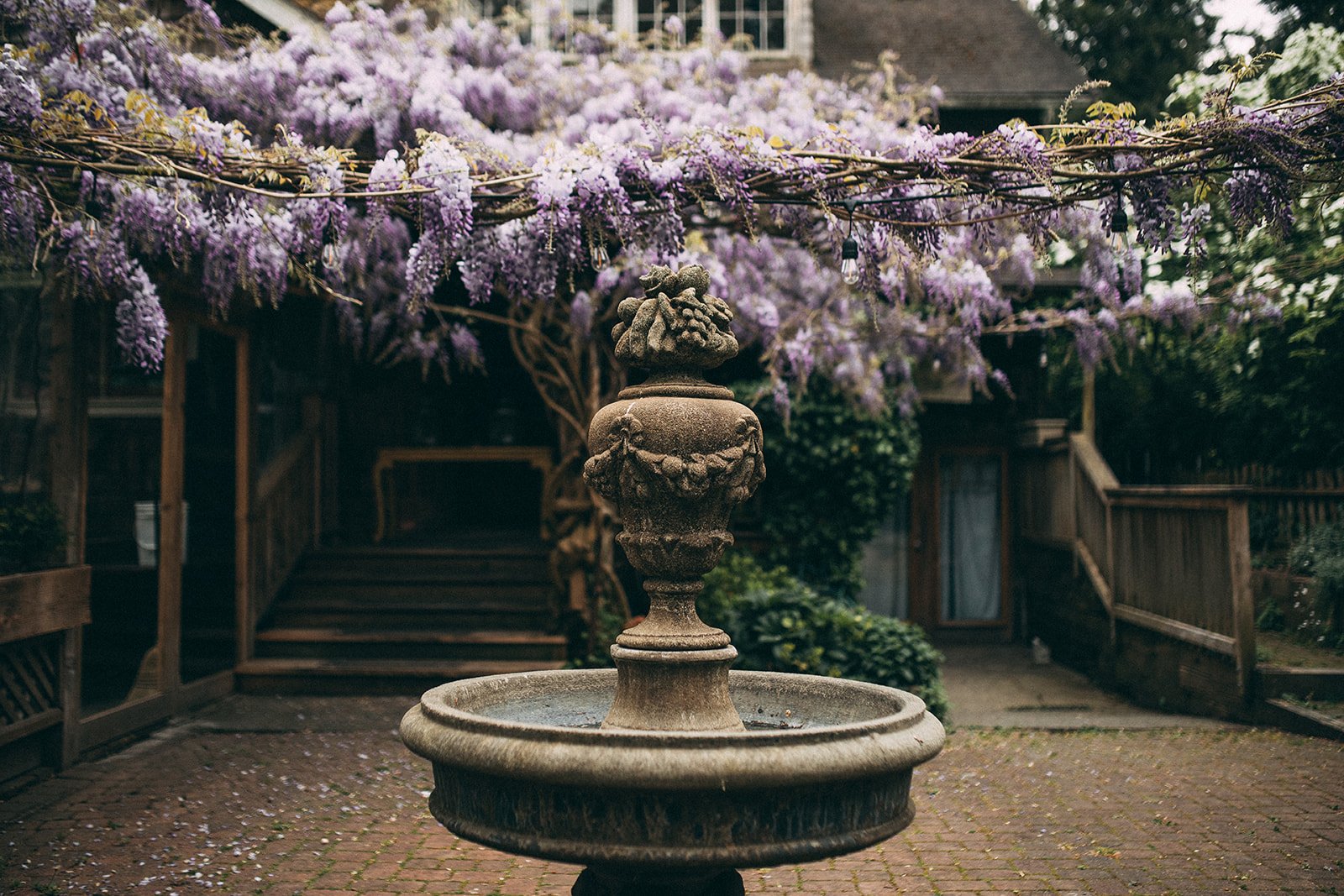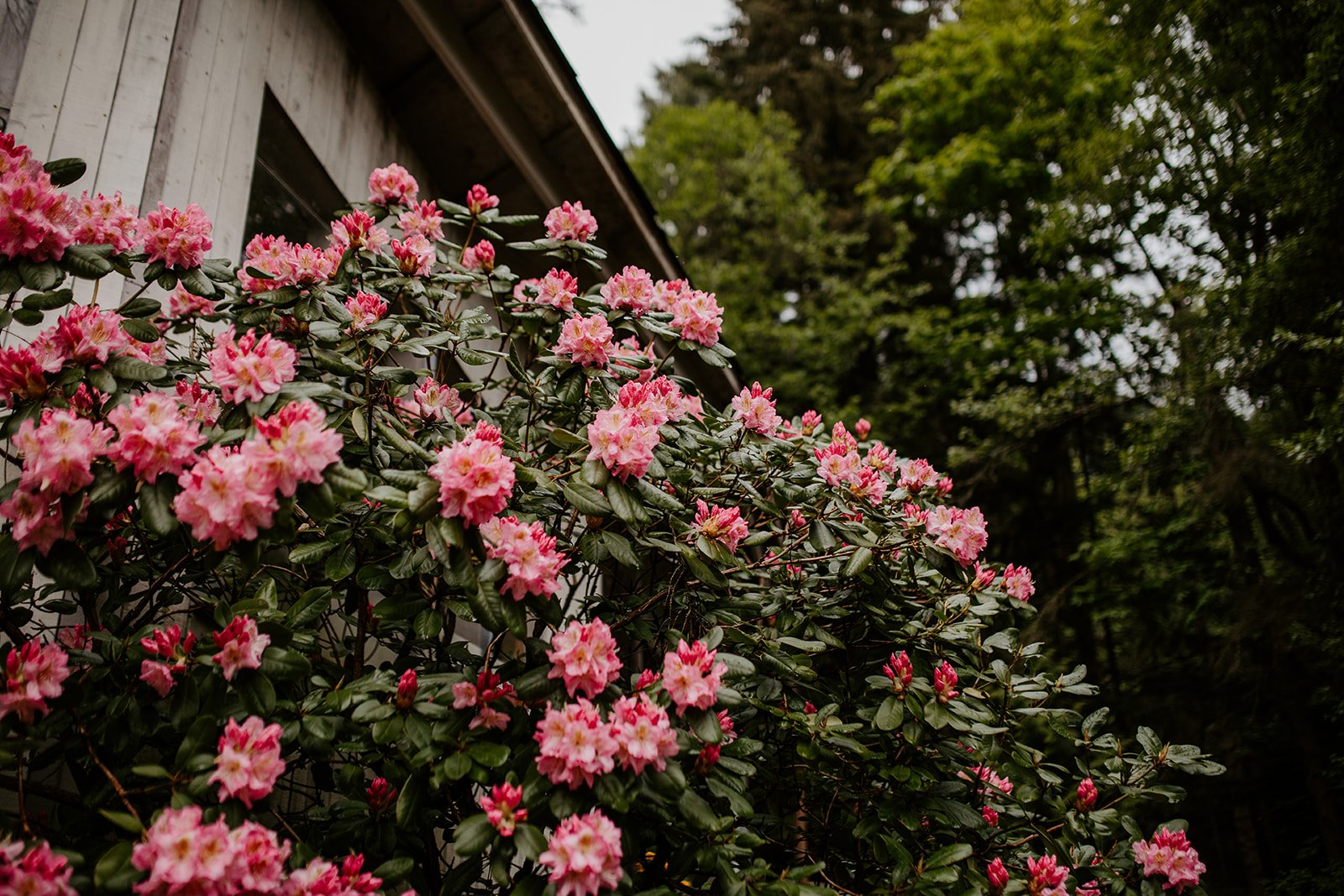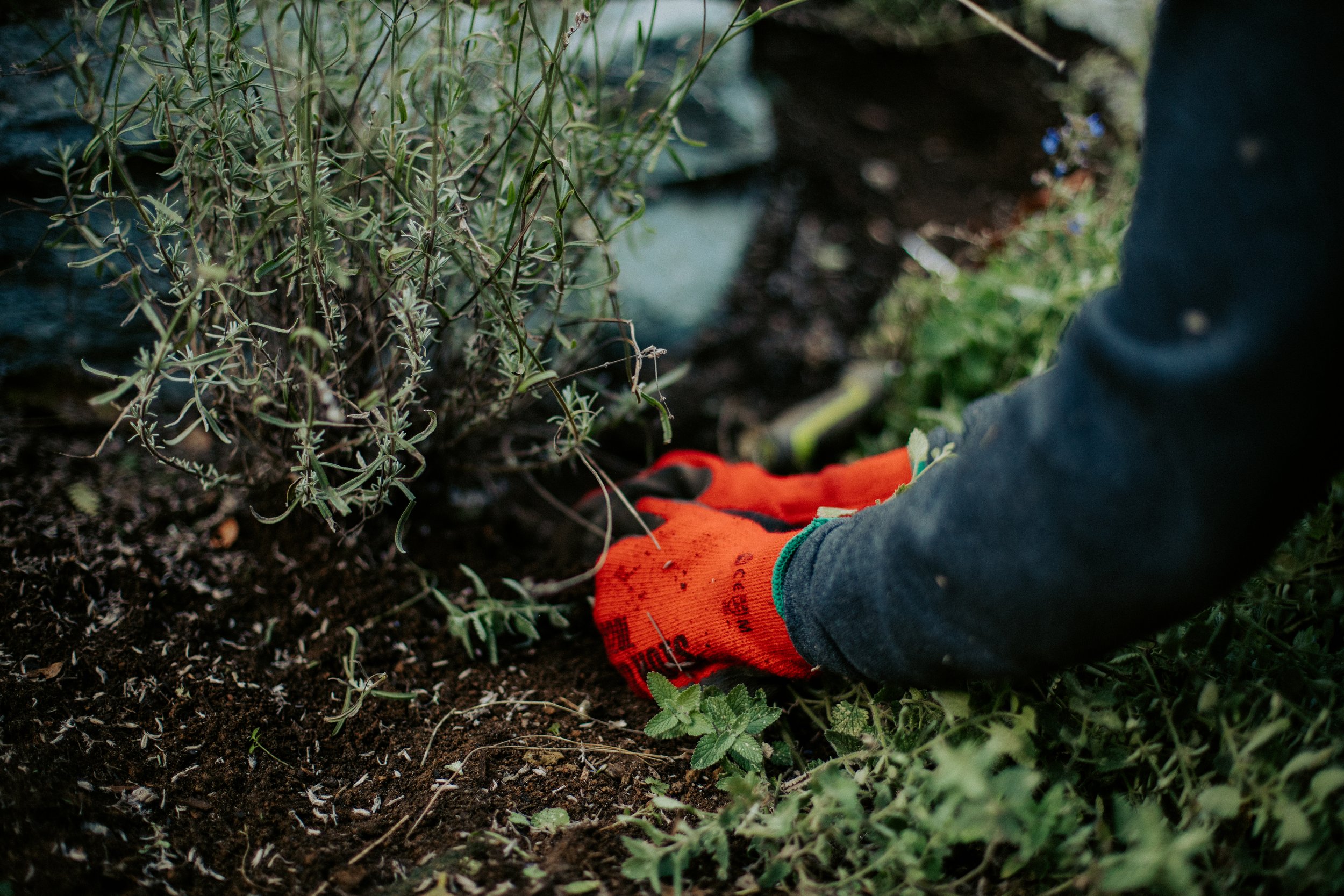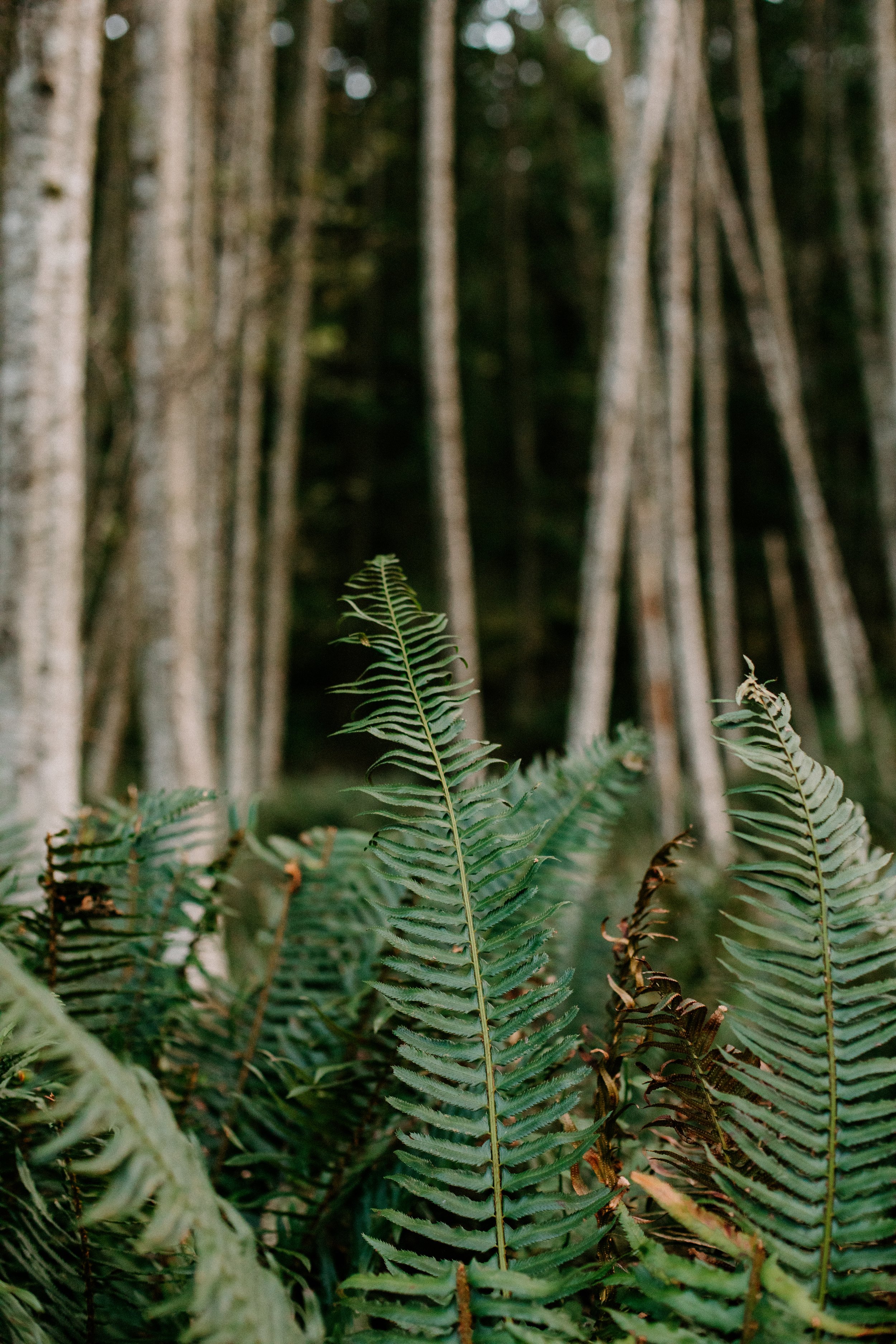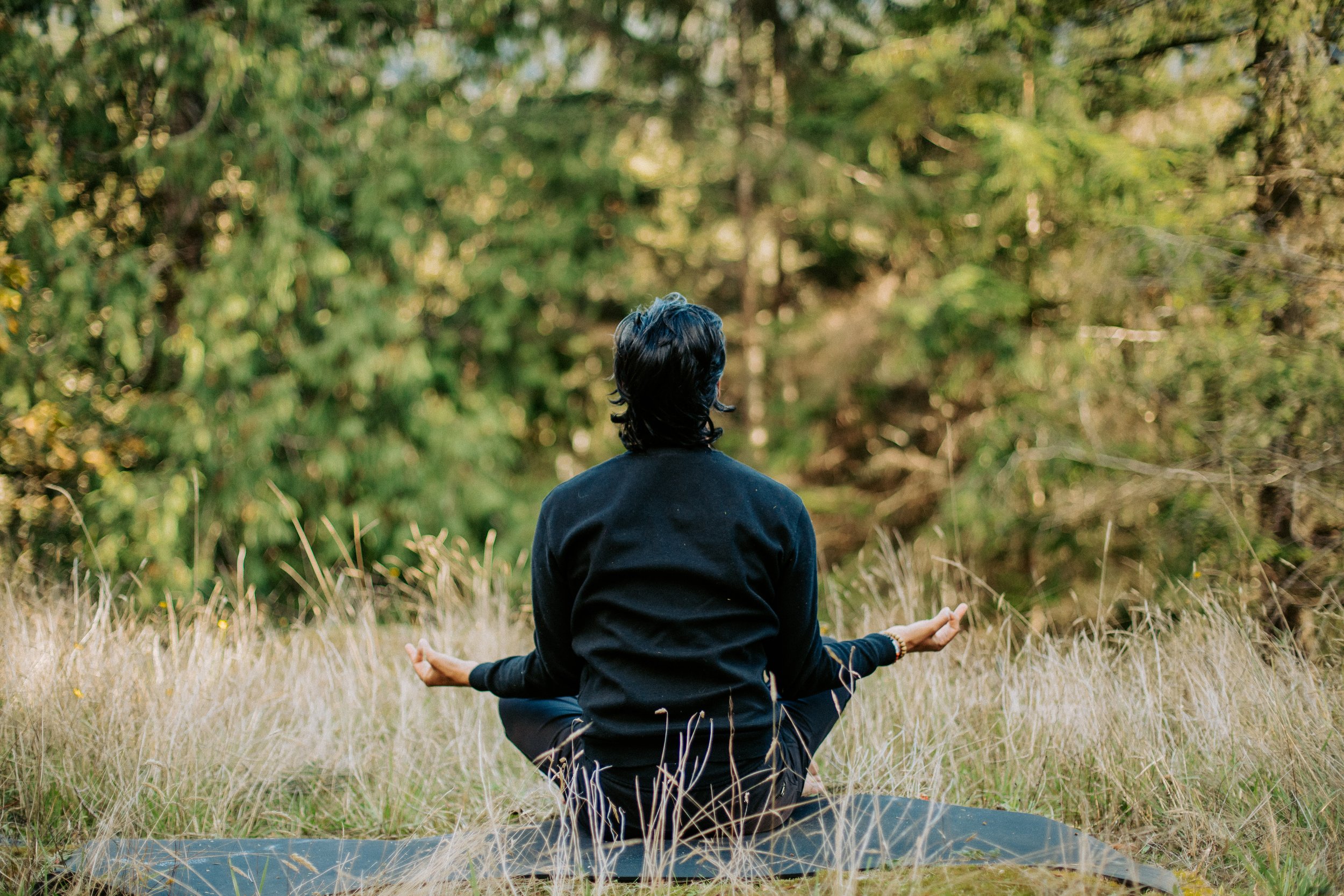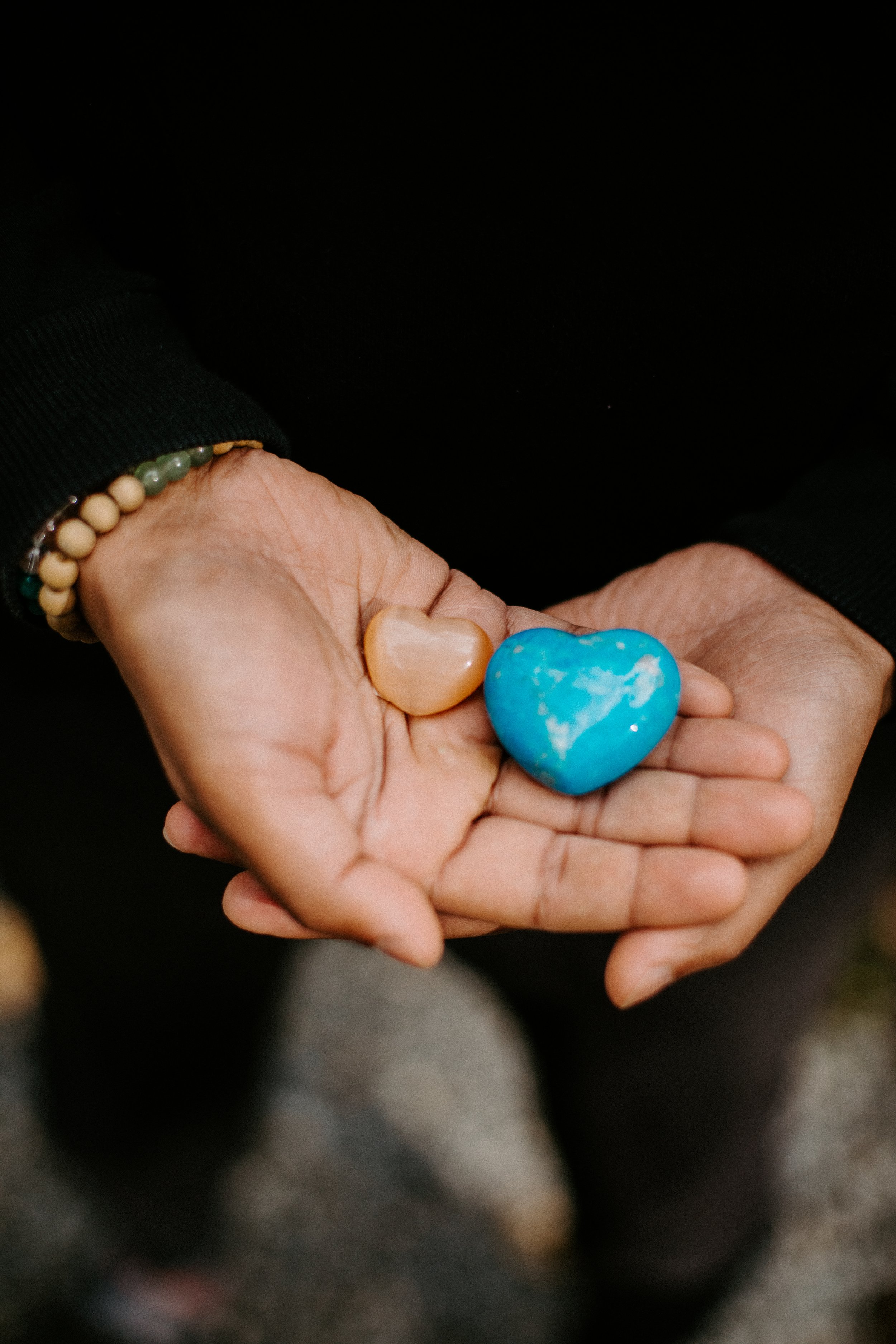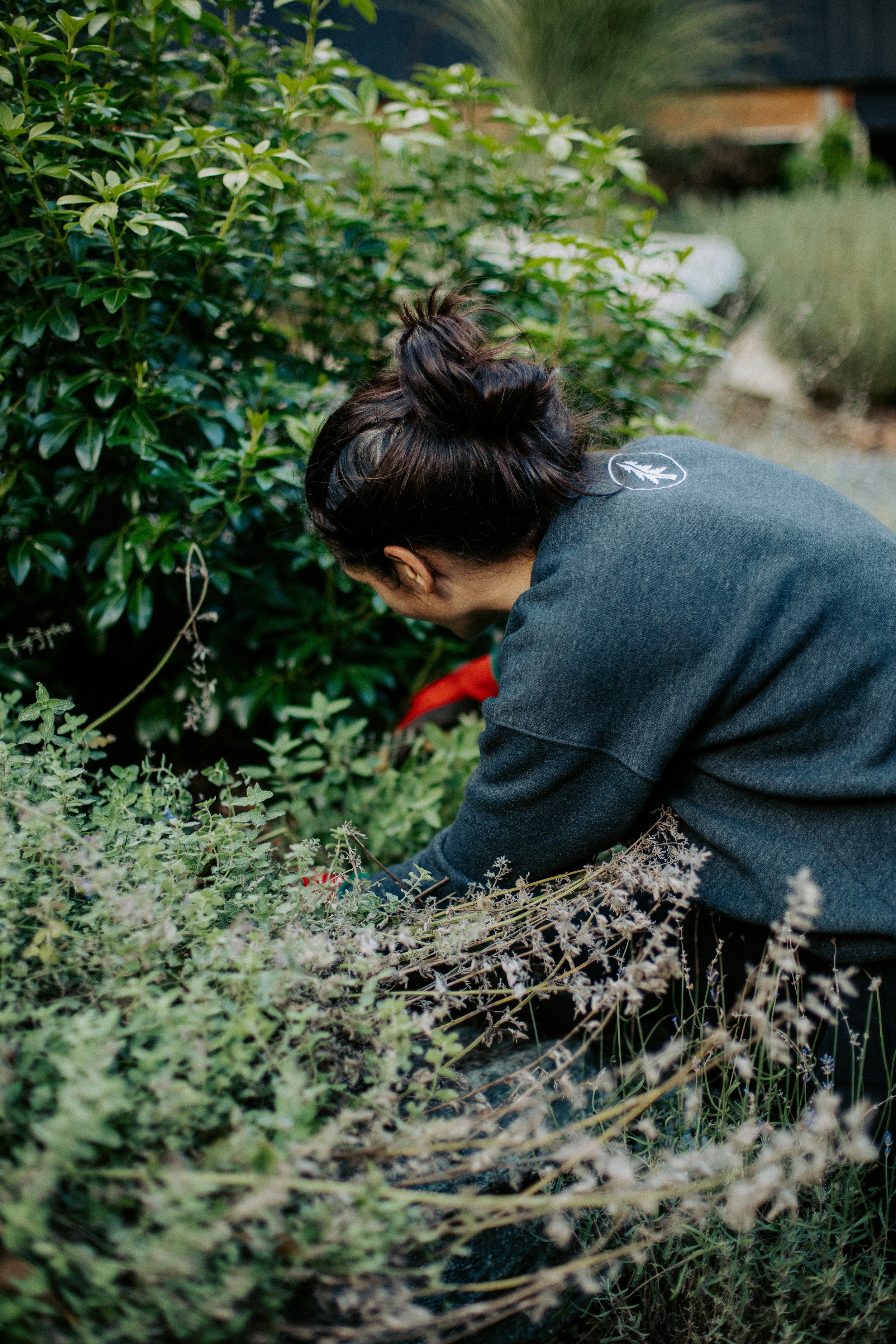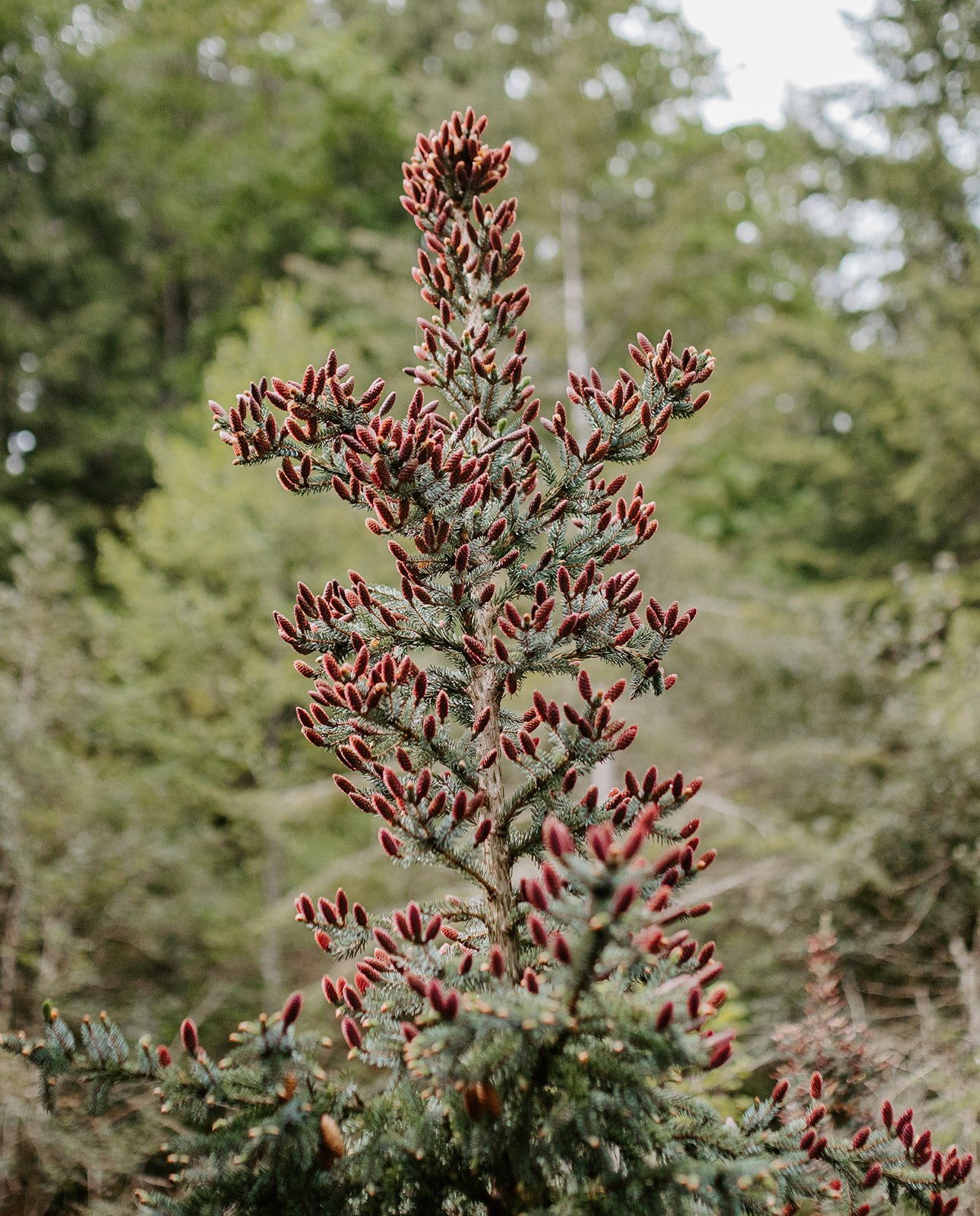Mosses’ diminutive size belies their resilience, tenacity, and ecological significance. Mosses are essential for retaining soil and moisture (as much as 40 times their weight), preventing erosion, and providing homes, insulation, and sustenance for various organisms in their ecosystems, including at Nectar Yoga Retreat on Bowen Island.
Nectar Yoga Explores Svadhyaya: The Sacred Journey of Self-Study
At the core of Svadhyaya lies the act of self-reflection. Through inner reflection, we gain insight into the tapestry of our thoughts and emotions, and how they play a role in our habits and experiences. All over the world, where yoga and mindfulness is practice, including right here at Nectar Yoga Retreat on Bowen Island, BC, we face our vulnerabilities, our joys and our sorrows, with a sense of clarity and acceptance. Encountering ourselves demands courage, a willingness to stay in the present, and with fully open eyes to witness our complexity and paradoxes.
Nectar Yoga Explores the Yoga Principle of Tapas: Harnessing Fire to Shine
The practice of Tapas within yogic tradition encompasses various dimensions of our lives. It includes the discipline of our physical bodies, through practices such as asana (yoga postures), pranayama (breath control), what we expose ourselves energetically to, and healthful lifestyle choices. It extends to the habits of our minds, where we cultivate mindfulness, focus, and the ability to observe our thoughts without being consumed or controlled by them. Tapas is something we cultivate as individuals as well as in community, such as on a creative, corporate, or movement retreat at Nectar Yoga on Bowen Island, BC.
Nectar Yoga Explores the Yoga Principle of Santosha: Cultivating Contentment in a Restless World
As we surrender ourselves to the observance of Santosha, we discover that contentment is not a destination to be reached, much like how Saucha is also not an arrival point, but a way of being—a way of embracing the fullness of life with hearts wide open. This practice may not make us immune to undesirable situations in our lives, but it can sweeten our perspectives, inner stories, and how we respond to the insatiable demands of our need for gratification. May contentment be part of what anchors us to ourselves, to each other, and to the divine presence that dwells within us and among us. In many ways, this is both a personal and community practice, something that can be cultivated at home, and also further amplified (or activated) at a nature retreat here at Nectar Yoga on Bowen Island, BC. There is something profoundly powerful when you are witnessed by others, and when you witness others cultivate Santosha with intention.
Nectar Yoga Explores Saucha: Cultivating Clarity in Ancient Yogic Philosophy
The practice of Saucha extends to our relationship with the land. It means centering and learning from the Indigenous groups, such as the Coast Salish peoples, and traditional earth-relating cultures. It calls for mindful consumption, reducing waste, and living in harmony with animals, plants, air, waterways, and other elements in Nature. It means a return to living and consuming seasonally. By being conscious of our ecological footprint, we acknowledge that humans are here for a reason, and to not waste this opportunity to steward this Earth. Saucha reinvites us back to circular living.
Brahmacharya Practices to Adopt this Summer
As we move into the Ayurvedic season of Pitta, it's important to consider how we can stay balanced during the heat of summer and protect our energy. One way to do this is by practicing Brahmacharya, one of the five Yamas of Yoga. Brahmacharya is often translated as celibacy or sexual restraint, but it also encompasses the proper use of energy in all areas of our lives.
In Ayurveda, Brahmacharya is seen as a way to conserve our vital life force, or "prana," which is essential for physical, mental, and spiritual health. By preserving our energy, we can live a more balanced and fulfilling life, free from anxiety, stress, and burnout.
The word "Brahmacharya" is derived from two Sanskrit words: "Brahma," meaning the absolute or divine, and "charya," meaning behaviour or conduct. Therefore, Brahmacharya is often interpreted as the "right use of energy."
Practicing Brahmacharya involves cultivating self-discipline, self-control, and mindfulness. This includes our relationships, work, hobbies, and daily habits. It involves being mindful of our thoughts, words, and actions and making choices that align with our highest purpose.
During the Ayurveda season of Pitta, practicing Brahmacharya can be particularly beneficial. The season's heat and intensity can lead to agitation, irritability, and burnout if we don't take steps to protect our energy. By practicing Brahmacharya and incorporating daily rituals that help us stay balanced, we can conserve our energy and direct it toward our highest purpose.
One way to practice Brahmacharya during the Pitta season is to incorporate daily rituals that help us stay balanced. Here are a few ideas:
Wake up early: Ayurveda recommends waking up before sunrise to align with the natural rhythms of the universe. This helps us feel more energized and focused throughout the day.
Practice Yoga: Yoga is a great way to move our bodies and calm our minds. During the Pitta season, it's best to practice gentle, cooling poses like forward folds, seated twists, and gentle backbends.
Meditate: Meditation is a powerful tool for conserving energy and calming our minds. You can start with just a few minutes each day and gradually increase the time as you feel more comfortable.
Eat cooling foods: During the Pitta season, it's essential to eat cooling and hydrating foods. This includes fresh fruits and vegetables, coconut water, and herbal teas.
Stay hydrated: Drinking plenty of water and electrolyte-rich drinks like coconut water helps us stay hydrated and cool during the heat of summer.
By incorporating these daily rituals into our lives, we can practice Brahmacharya and protect our energy during the Pitta season. When we conserve our energy and direct it towards our highest purpose, we can live a more balanced and fulfilling life.
Looking for some in-person guidance on where to start incorporating these practices? Book your 2-Night Nectar Yoga Experience package here and spend some time slowing down with us in nature.
Sources Cited:
Acknowledgment and thanks to the contributing writers for the resources of this publication; Segal Shah via The Art of Living, Rolf Sovik via Yoga International and Esther Ekhart of Ekhart Yoga
As always, sending gratitude to our community near and far, both for taking the time to explore our blog and for walking the path to your best self - we hope this resonated and aided you in finding peace and balance within.
If you feel called to share your feelings and practices surrounding the practice of Brahmacharya, please do so in the comments below or send us a message via email.
All Photos - Copyright Nectar Yoga
Spring Cleaning with Intention and Celebration (Around the World)
With the daylight stretching longer and longer each day, the energy surrounding the seasonal shift into Spring has many of us feeling uplifted and motivated by the lengthened daylight hours as well as the buds of growth everywhere in nature.
Typically this motivates us to take a closer look at what we are keeping in both our physical and mental spaces, and make space to declutter what we no longer need (ultimately making space for new beautiful things to grow).
All around the world, there are various traditions, celebrations and holidays that essentially all mark the season of light, planting anew, and (re)birth. In this thread we outline the unique details of some of the more popular ones, however, encourage you to dig deeper and explore your own lineage or interests relating to traditions around this time of year marking a universal time for planting and growth.
Chinese New Year – China
In the lead-up to the Chinese Lunar New Year, people perform a preparatory cleaning of their space, sweeping away the dust and debris of the past 12 months in a symbolical gesture to make room for good fortune to come. It’s important that the tidying session be wrapped up by the stroke of midnight – any cleaning on New Year’s Day itself is said to sweep away good luck.
Songkran Water Festival – Thailand
The arrival of the spring season marks the new year in Thailand and the Songkran Water Festival is a celebration of rebirth. This tradition originated with people throwing water at each other to be cleansed of misfortune, negativity and to welcome luckier times ahead. However, in more modern times, this celebration has taken the symbolism of water to a new level as elaborate water celebrations drench entire streets for days.
Persian Nowruz - Several Middle Eastern countries
Persian Nowruz, observed in Iran (as well as many other countries, including Afghanistan, Iraq and Kazakhstan), is a New Year’s celebration that’s preceded by spring cleaning. The Iranian calendar is a solar calendar that honours and syncs with the seasons.
Nowruz coincides with the spring equinox in March, fittingly translating as “new day.” To mark this elemental time of renewal, belongings are sifted and sorted through, floors are scrubbed, closets decluttered and re-organized, and items collecting dust that no longer spark joy are rehomed. This sometimes begins weeks before the equinox to ensure enough time is dedicated to this process of shedding the old and welcoming in the new alongside the rhythms of nature.
Holi – Northern India
Holi in India is a country-wide social sanction to have fun, with a lot of vibrant colours that lift mood and a practice that may be originally linked to a time when colourful, natural medicinal plants were used for healing. Participants take to the streets for the “Festival of Colours” where they cover each other in colourful solutions and powders. Holi has a large social significance in the country, and the tradition is also celebrated with special treats.
Spring Equinox in Teotihuacán – Mexico
While the Spring Equinox is celebrated all over the world in different ways, it is much more significant in Mexico. People dress in red scarves and white robes, burn incense, perform ritual dances, and climb to the top of the Pyramid of the Sun, spreading their arms to follow the traditions of their ancestors, there they perform long-upheld rituals, with a belief that they will receive strong energy.
Cooper’s Hill Cheese-Rolling and Wake – Gloucester, England
For over two centuries, Gloucestershire's small English village has been host to this unique annual tradition called Cooper’s Hill Cheese Rolling and Wake. In this event, a round of Gloucester cheese is rolled down the hill, with participants racing down the steep hillside after it. The goal is to go after the cheese and ultimately catch it. Participants often end up tumbling head-over-heels and falling down the slope.
As mentioned, these traditions around the world are separated by practices, culture, and continent, however, they each involve a similar message; welcoming the arrival of the spring season and celebrating all that is to come.
Perhaps let this serve as a reminder how we are all interconnected with each other and the shifts in nature.
Sources Cited:
Acknowledgment, citation and thanks to the contributing resources of this publication, Fani Ntinoudi, Esme Benjamin, and Faith Davis.
Gratitude to our community near and far, both for taking the time to explore our blog and for walking the path to your best self - we hope this resonated and aids you in finding balance within.
Tell us in the comments what rituals you practice as we move towards the yang seasons of light and growth.
All Photos - Copyright Nectar Yoga
Dinācharya For Deeper Connection
Have you heard of “dinācharya” before?
It is the Ayurvedic term for a daily regimen that is followed to support the maintenance of a healthy life. There is also the term and practice of “rutucharyā”, which is the Ayurvedic word to encompass our seasonally-influenced rituals for optimal wellness. More than likely, you have put it into practice in various forms over the span of your life.
Around this time of year, we are seeing the concept and various themes of romantic love all around, as Valentine's Day approaches. With this heavy push of certain ideals upon us (particularly in the Western world), this is also an invitation to dive-in deeper, and reflect on how we love and respect ourselves through a consistent dinācharya.
The energies of this month can be harnessed to examine and reflect on your deepest love connections, starting with your relationship with yourself and what commitments you are upholding to ultimately walk your best path.
In this post we will delve into the benefits of dinācharya and what they can include. And as mentioned above, perhaps you already have a version of one or more of these rituals, or you already have a daily wellness practice (even if on an off-and-on basis). May this serve as a reminder or encouragement for each of us to journey into our own versions of dinācharya, apply it in our lives and ultimately reap the most benefits from it.
*This article is inspired by a recent course led by Jenna Furnari and some of her specific references. Along with cited sources, you can find a glossary below with Ayurvedic and other less-common terms that are included throughout this article.
Under the teachings of Ayurveda, establishing a physical routine for the body can help to create balance beyond the physical, and extends all the way to seek an internal balance relating to finding your mental and spiritual alignment, as well as your own unique energetic dosha. Learn what your dosha is here. The many benefits of following closely to a daily rhythm include both cultivating and maintaining a seasonally-regulated Agni), the domino impact being a healthy self-esteem, general vitality, and overall longevity - to name just a few. Integrating the daily regimen of dinācharya supports an overall grounded quality within, even while life continues to move through constant transitions.
Below is an introduction to a few steps you can take to begin bringing the practices of daily Ayurveda into your life through dinācharya, presented below, specifically as a morning ritual.
*As with most authentic wellness practices, this is not a one-size-fits-all regime. It’s important to seek additional resources and support (from trusted and recognized sources), along with getting medical clearance if relevant to your specific context, to compile your own unique version of what is outlined below.
This morning routine sets the tone and ample opportunity to maximize the potential of the rest of your day.
Tools for Dinācharya
Tongue Scraper
Sesame and/or Coconut oil
Neti Pot
Nasya Oil
Morning Dinācharya
Rise before the sun
Splash cool water on your face
Drink warm lemon water
Visit the toilet
Scrape your tongue
Oil pulling *Learn why and how to do this
Rinse with a Neti pot
Follow up with Nasya oil nasal massage
Abhyanga with coconut or sesame oil
*Benefits of daily massage include bestowing good health and nourishment to the body, which slows down the aging process and supports restful sleep.
Glossary of Terms :
Agni: Our internal, biological fire that aids our ability to digest, absorb and assimilate the food that we eat, the experiences we have and the emotions that occur within. This transformation also takes place with the sensory impressions that come our way.
Abhyanga: A self-given body massage
Āyurveda: This system of medicine is translated as the science of life, originating from India.
Dinācharya: A daily regimen followed to support the maintenance of a healthy life.
Imbolc : The halfway point between Winter Solstice and Spring Equinox/Ostara).
Kriyas: Specific sets of exercises, breathing techniques and sound mantras practiced to unlock energy channels or chakras in the body with intention.
Nasya: A method of administering herbal oil through the nostrils as a therapy for one of the five major senses.
Neti: A body cleansing technique used for nasal irrigation and cleansing of nasal membranes. This simple therapy has many benefits for the both the body and the mind.
Sources Cited:
Acknowledgment and thanks to the contributing resources of this publication, Jenna Furnari for her supplied content, and inspiring this entire article, and Aruna Bakhru via literature included in “Nutrition and Integrative Medicine: A Primer for Clinicians.”
Gratitude to our community near and far, both for taking the time to explore our blog and for walking the path to your best self - we hope this resonated and aids you in finding balance within.
Tell us in the comments what mornings rituals you look forward to most.
All Photos - Copyright Nectar Yoga








